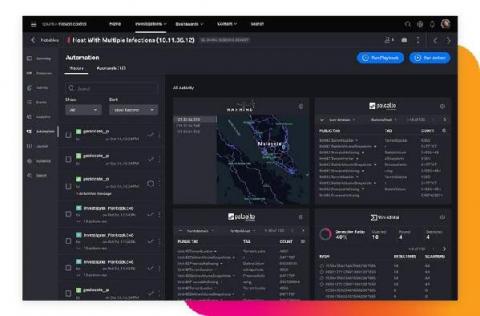Current Events Have You Worried? Our Program Development Services Can Help.
Sometimes the hardest part of any project is getting started. But when it comes to strengthening your security operations program, the escalation of cyberattacks over the last few months have shown us there’s no time to waste. You need to make sure you’re leveraging threat intelligence throughout your security operations to understand your adversaries, strengthen defenses, and accelerate detection and response.







